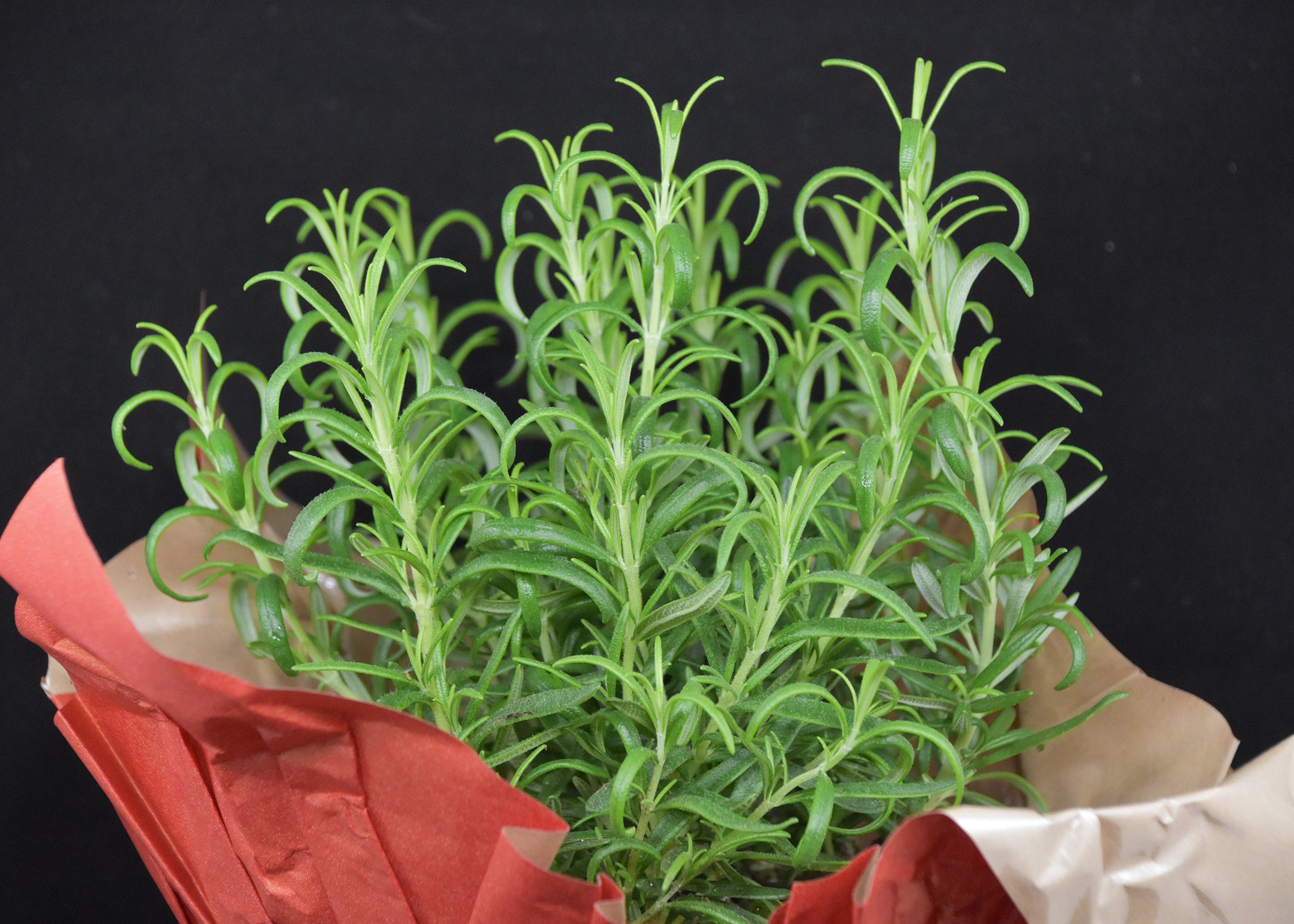Tips help keep gift plants going
Published 6:00 am Sunday, January 1, 2017

- ROSEMARY -- Herb plants make excellent gifts, as they can be beautiful indoor plants that add good flavors to holiday meals. (Photo by MSU Extension/Gary Bachman)
Gardeners across Mississippi have been giving and receiving plants as gifts: poinsettias, begonias, cactuses and cyclamens — oh my!
Oh my, indeed. Having plants inside during the winter adds beauty and a sense of charm and serenity. Herb plants also should be included as a gift choice, as they add good flavors to holiday meals.
But after the holidays, I get a lot of questions on how to keep the gorgeous gifts healthy and looking good despite being cooped up indoors through the winter months. The answer really comes down to just two considerations: light and water.
Light and water are the two factors even the most experienced home gardeners have to contend with to keep their gift plants happy and healthy.
Let’s start by shedding some light on the matter of light. First, not all light is equal. As I’m writing this column, the fluorescent lights in my office are bright, and my light meter reads 150 foot-candles (an archaic measurement, but one that is useful for this example). Outside my window, it’s bright and sunny, and the light meter reads 5,000 foot-candles.
Most of the gift plants growing now in our homes need more light. We can meet their needs by putting them on tables or sills close to windows. But which window is best?
East-facing windows receive morning sun and remain cool during the day, while north-facing window don’t get any direct light at all. North-facing windows are good locations for Christmas cactuses, pothoses and cyclamens. South and west windows receive the most light and heat during the winter. Put your poinsettias and herb containers in these windows.
The other leading cause of indoor plant failure is watering, and here I’m talking about overwatering. I have seen very few plant deaths resulting from lack of watering during the winter.
The overwatering dilemma is related to indoor light intensity. At lower light levels, our indoor plants do not grow as vigorously as they do outdoors, so they don’t need as much water. Even when you think the plants are getting too dry, stick your finger into the potting mix to check on the moisture content. It takes a just little practice.
When you do water, take the plants to the sink, and water the container until it starts dripping out of the bottom. One last thought about watering is that you can reduce the amount of plant food used in the winter to about half the usual rate of water-soluble fertilizer every month.
Gary Bachman is with the MSU Extension Service. You can reach him at southerngardening@msstate.edu.





